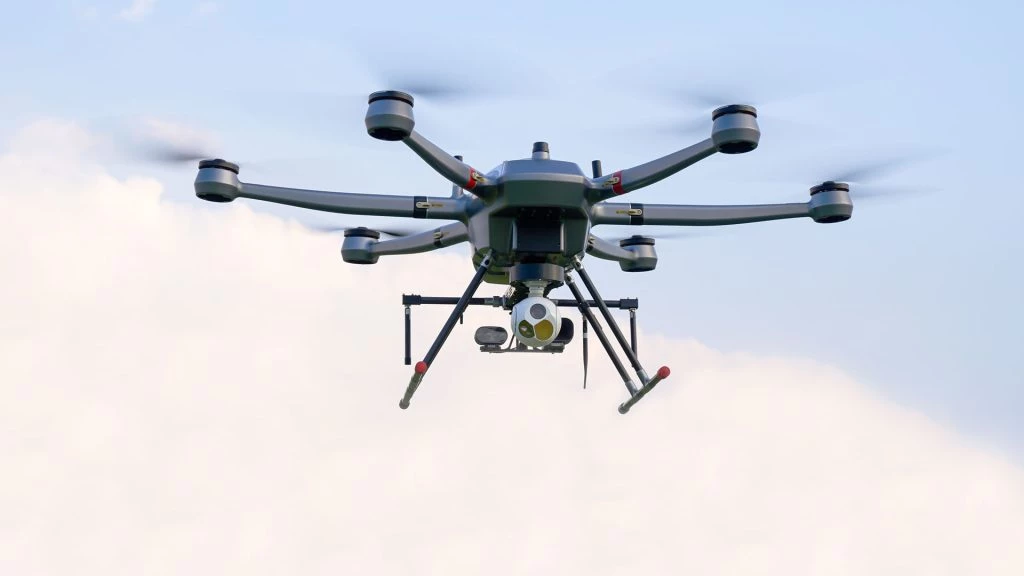The Zimbabwe Revenue Authority (ZIMRA) says there is significant progress in reducing smuggling through undesignated entry points using drone technology.
ZIMRA introduced drones in January 2024, with a pilot project launched at the Beitbridge Border Post, a notoriously porous border. The technology aims to improve border surveillance and boost revenue collection.
Speaking at a Bulawayo Editors Breakfast meeting co-organised by ZIMRA and the United Nations Development Programme (UNDP), ZIMRA ICT Director Shami Moyo highlighted the effectiveness of the drones.
“The drones are highly effective,” Moyo said. “They have night vision, so they’re not limited by daylight hours, and they can withstand harsh weather conditions.”
Moyo explained that drones have helped detect previously unknown smuggling methods.
“We’ve identified ‘abnormal loads,'” Moyo said. “We discovered people were hiding goods within large machinery that bypassed scanners. Drones allowed us to spot these anomalies.”
Drones are also being used to locate illegal entry points created by smugglers, particularly in remote areas.
“Smugglers have created hidden crossing points in difficult-to-reach areas,” Moyo said. “By launching drones, we can identify these locations and address the issue.”
ZIMRA officials announced plans to expand drone technology to other ports of entry, with Plumtree Border Post slated as the next location.
Smuggling along Zimbabwe’s borders has reportedly cost the nation millions of dollars annually.

